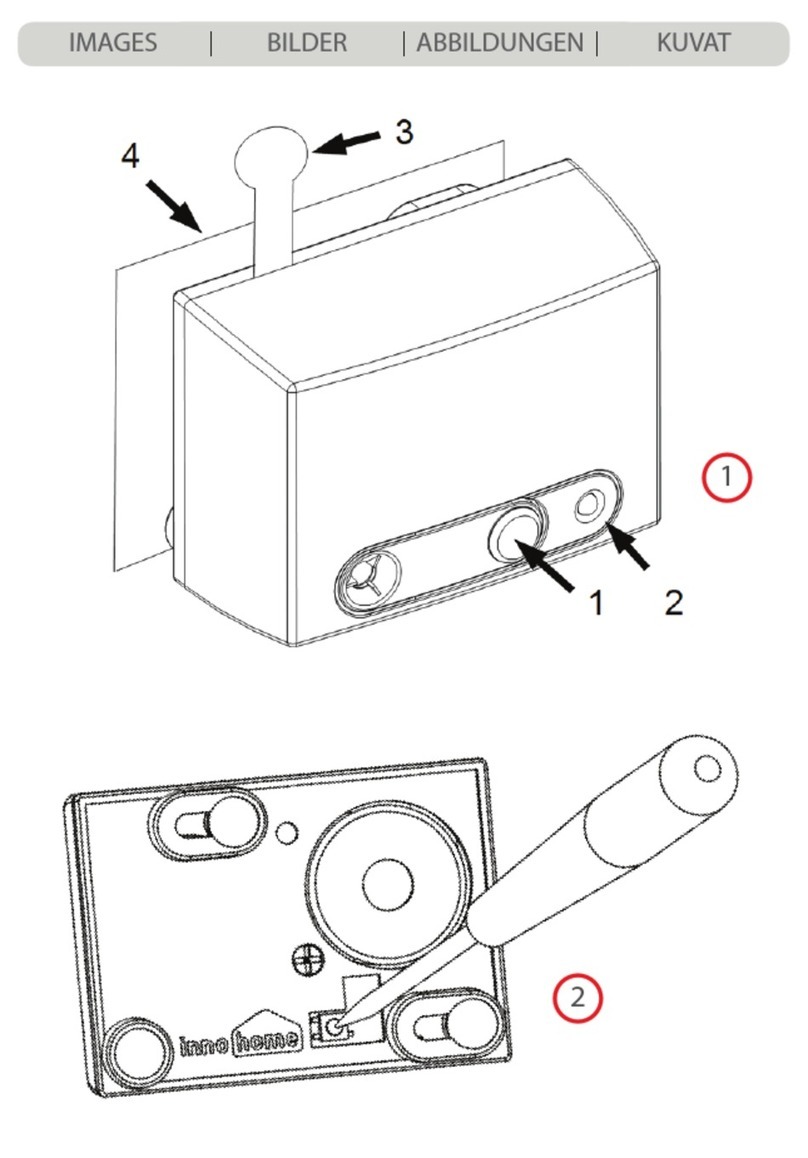Innohome SSA15 Manual




















Table of contents
Languages:
Other Innohome Smoke Alarm manuals
Popular Smoke Alarm manuals by other brands

Teletek electronics
Teletek electronics SensoMAG S30 Installation instruction
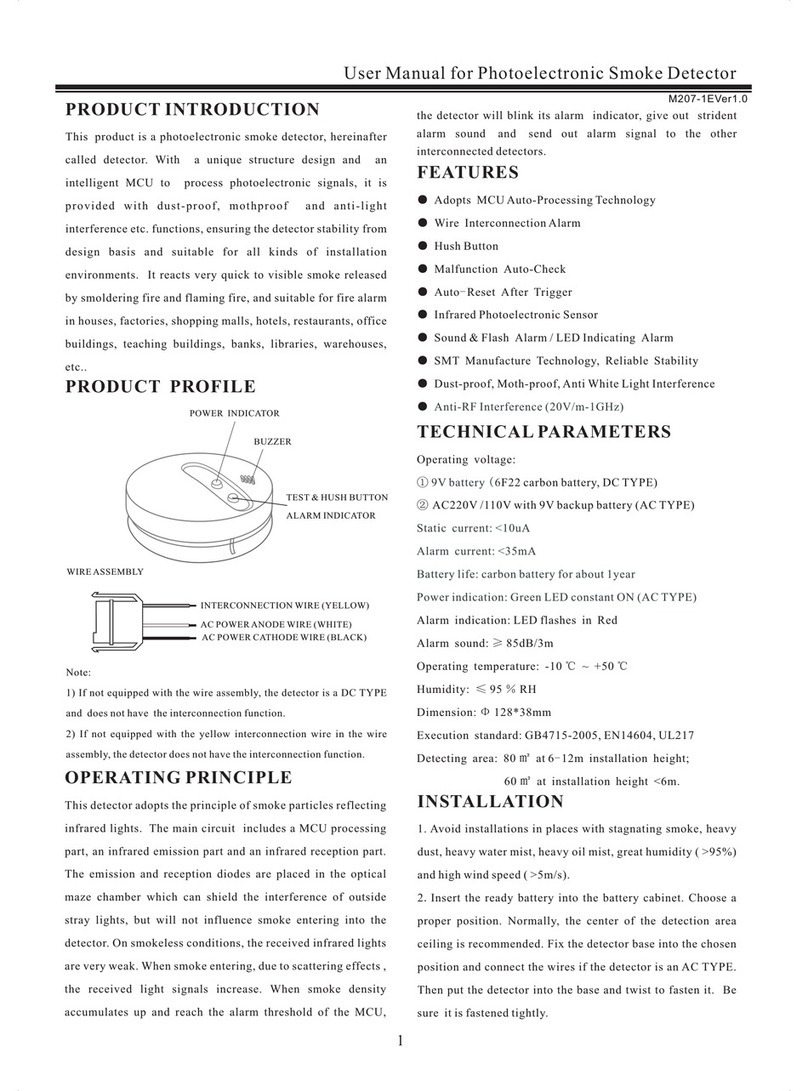
Heiman
Heiman HM-620P Series user manual
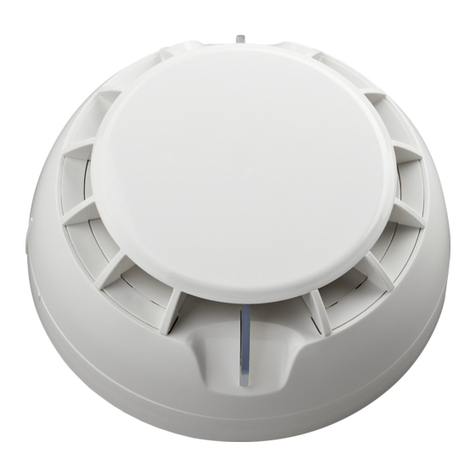
Teletek electronics
Teletek electronics SensoMAG S30 Installation instruction

Zipato
Zipato SMART SMOKE SENSOR Quick installation guide
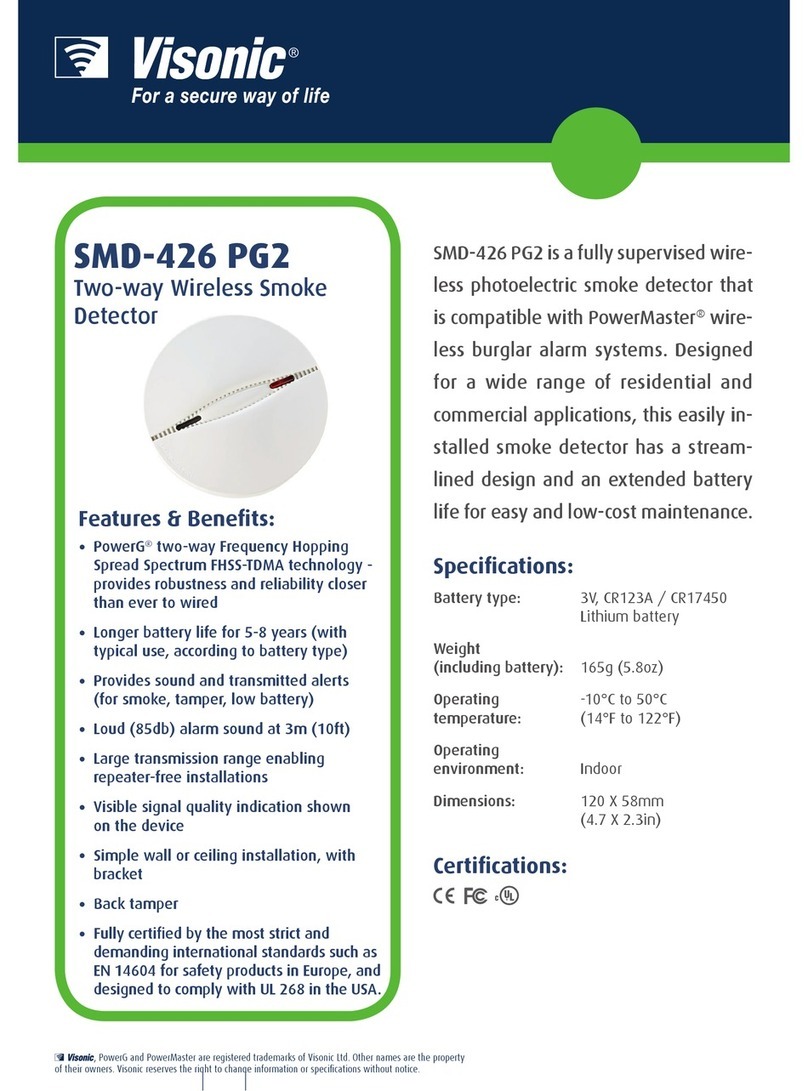
Visonic
Visonic SMD 426 PG2 features and benefits
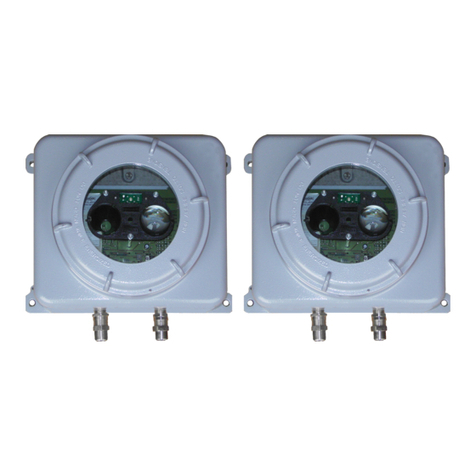
EDS
EDS RK100BS-EX Technical manual
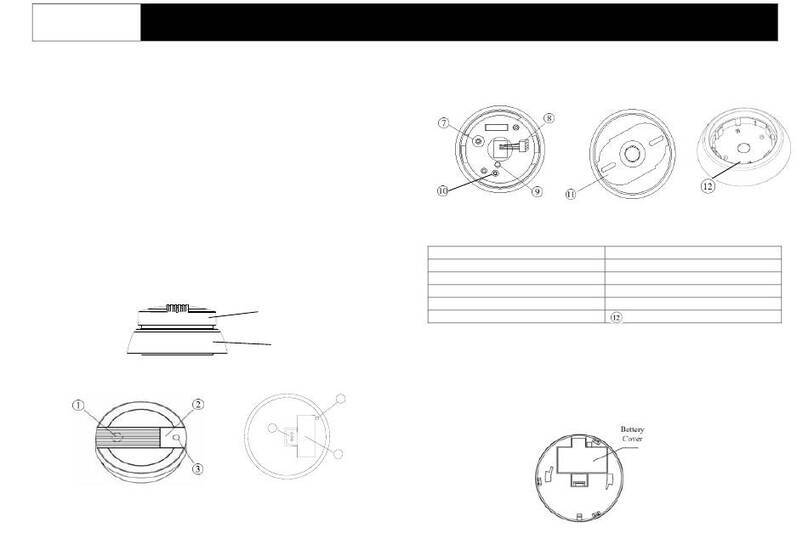
EVERSPRING
EVERSPRING SF804-0 Installation instructions manual
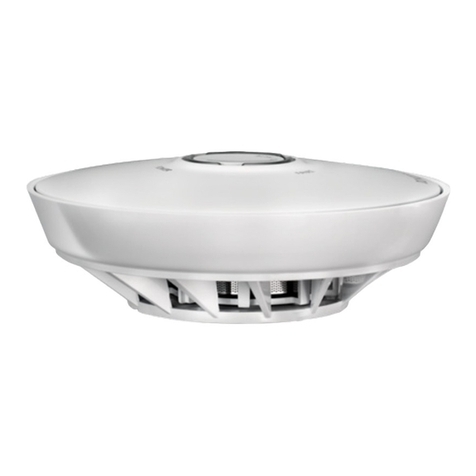
Essence
Essence Care Home user guide

Global Fire Equipment
Global Fire Equipment GFE-AD Series Installation Wiring Diagram
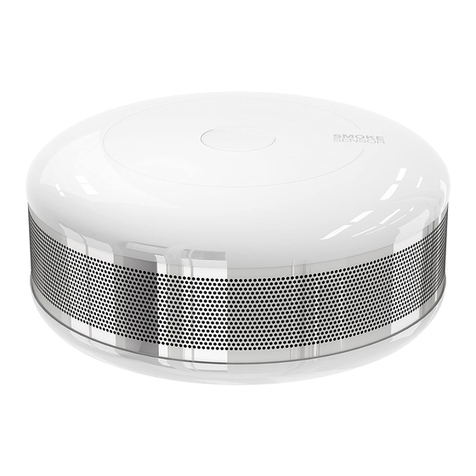
FIBARO
FIBARO FIBEFGSD-002 quick start guide
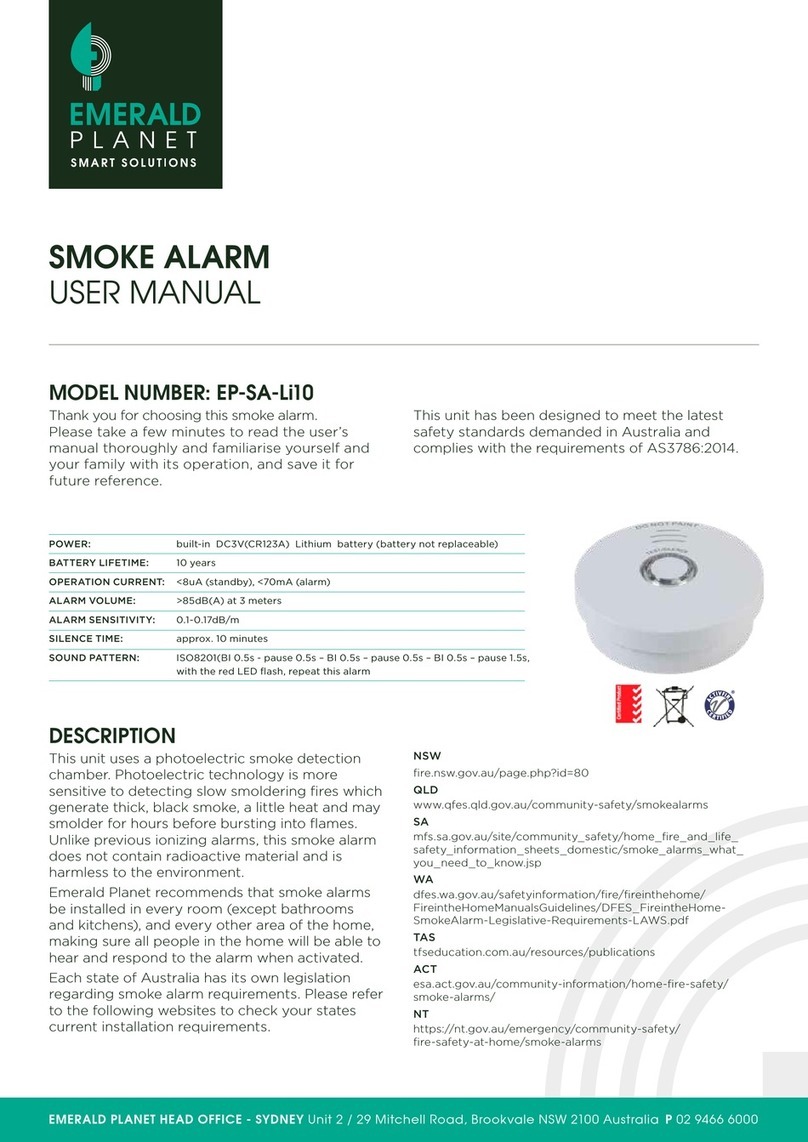
Emerald Planet
Emerald Planet EP-SA-Li10 user manual

ELRO
ELRO FS2010 user manual
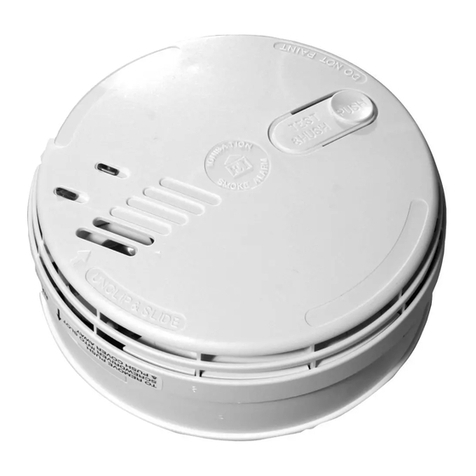
Ei Electronics
Ei Electronics Ei 181 Ionisation product manual
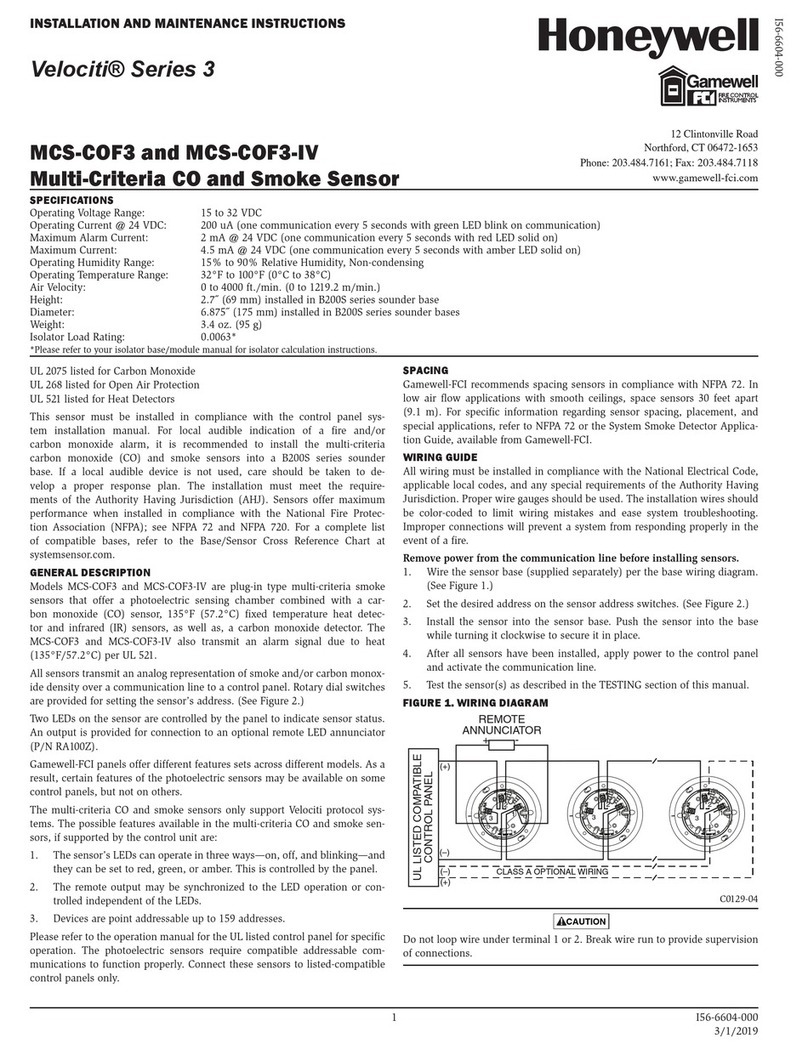
Honeywell
Honeywell Velociti 3 Series Installation and maintenance instructions

Hochiki
Hochiki SLV Series installation instructions

Intec Controls
Intec Controls HS-100 installation instructions
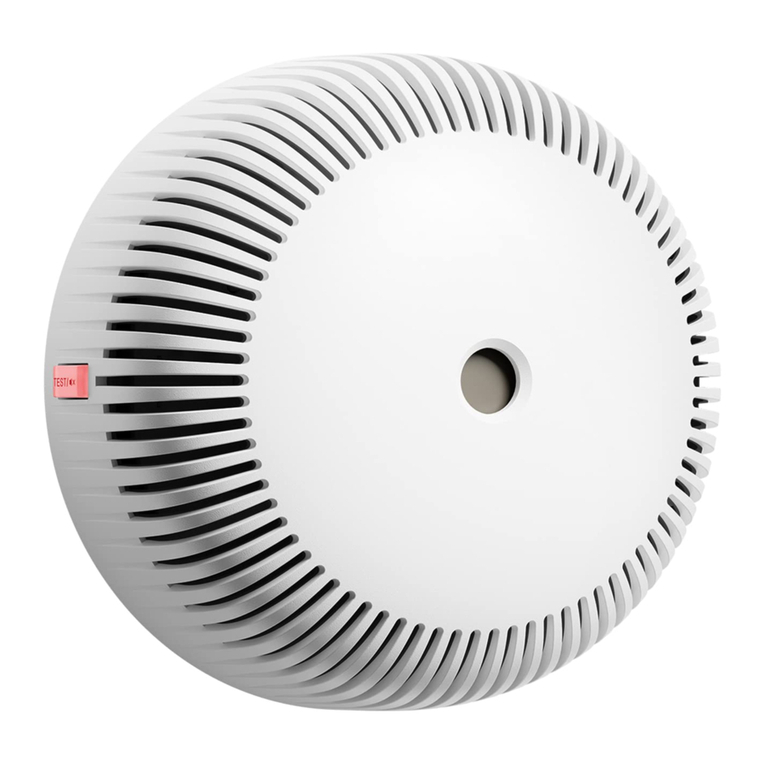
x-sense
x-sense XS03 user manual

BRK electronic
BRK electronic PC910B quick start guide
